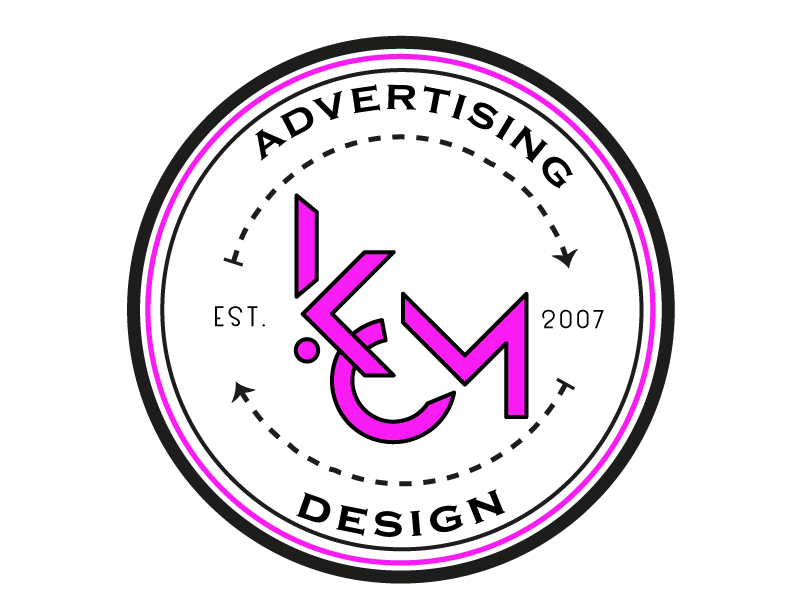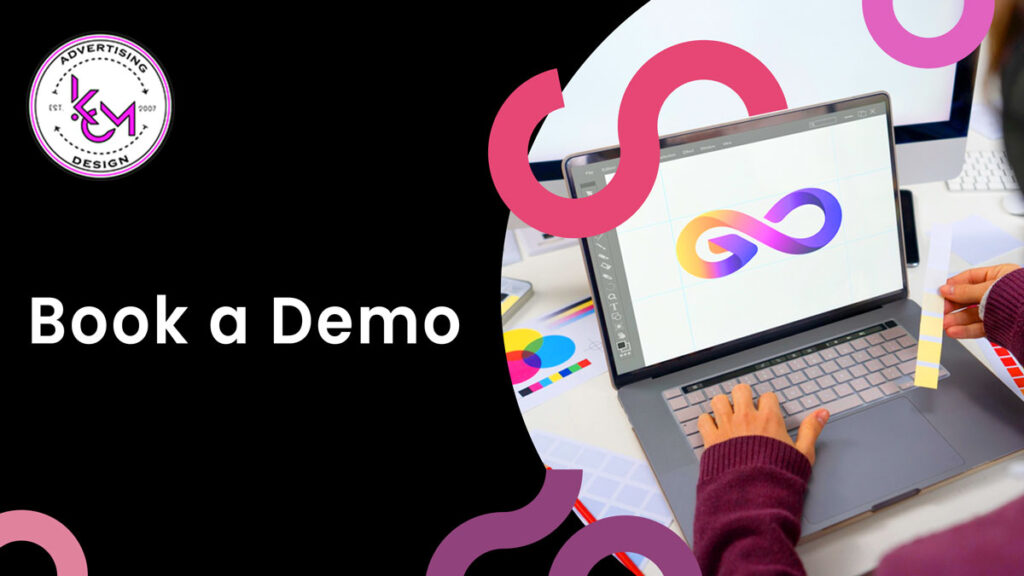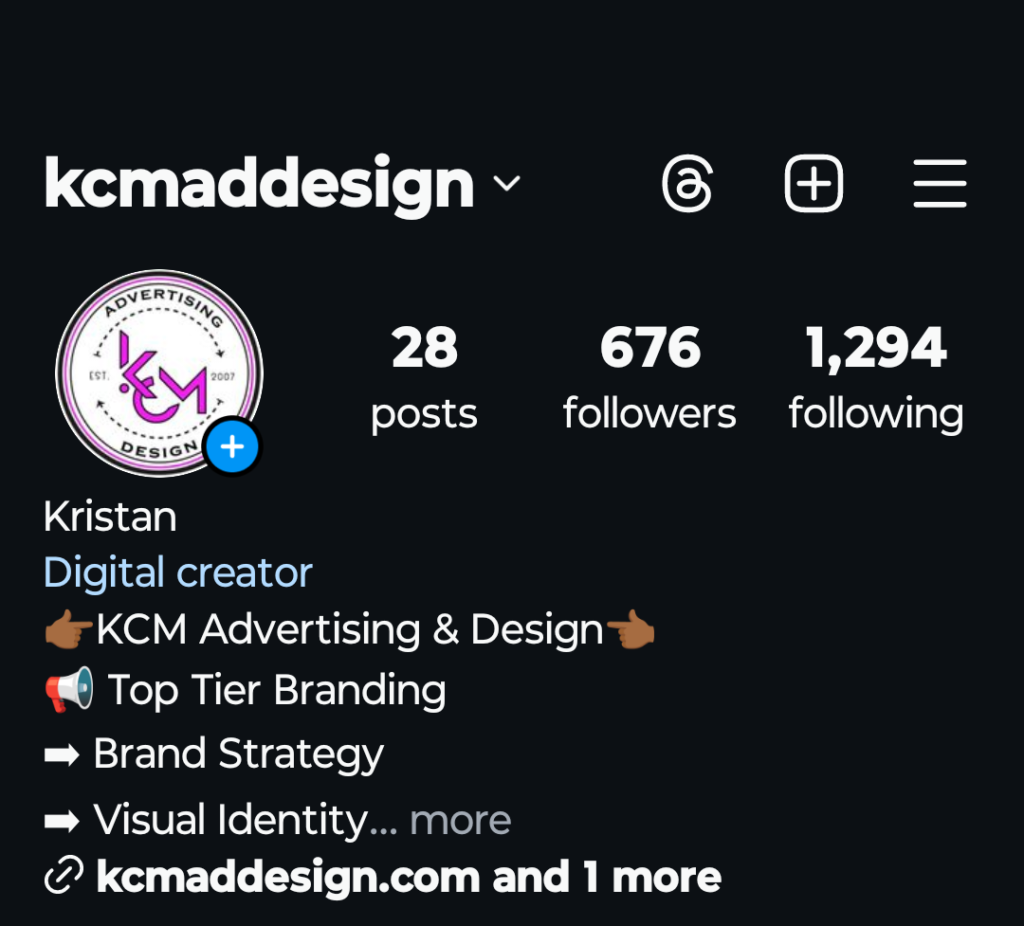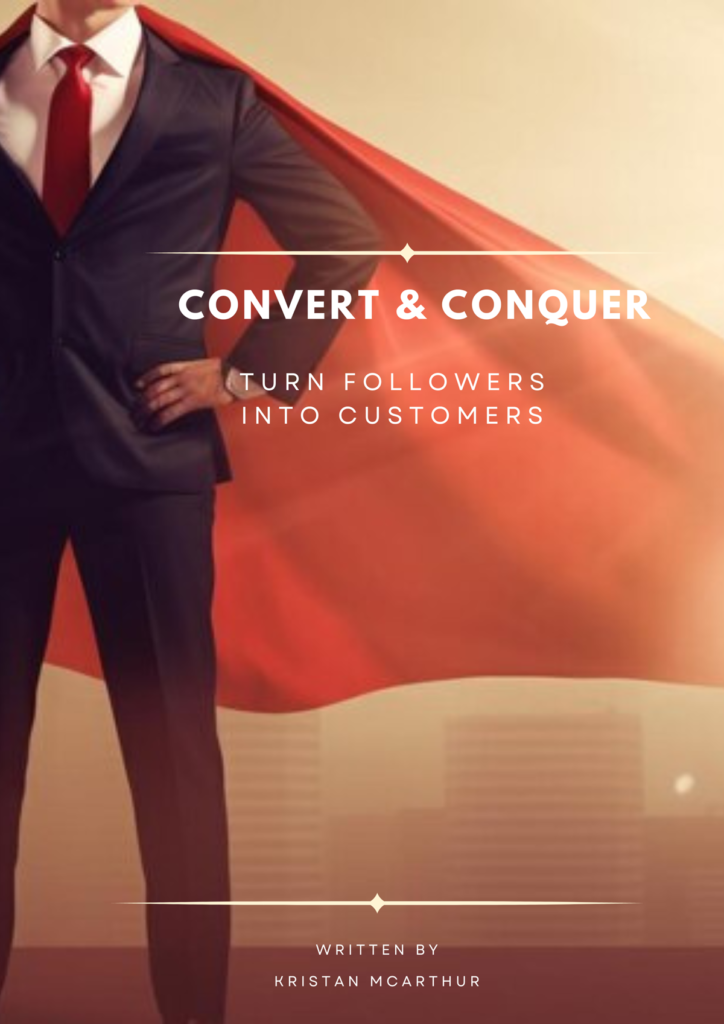
The Power of Typography: How Fonts Shape Brand Perception
By Kristan McArthur | May 11, 2025

The Psychology of Fonts: What Your Typeface Says About Your Business
Serif vs. Sans-Serif: The Classic Debate
- Serif Fonts (e.g., Times New Roman, Georgia): These fonts convey tradition, reliability, and authority. They’re often used by financial institutions, law firms, and luxury brands to communicate professionalism.
- Sans-Serif Fonts (e.g., Helvetica, Arial): Clean and modern, sans-serif fonts are associated with simplicity, approachability, and innovation. Many tech companies and startups opt for sans-serif fonts to create a fresh, contemporary feel.
Script, Display, and Decorative Fonts: A Risky Choice
While script and decorative fonts can add personality, they must be used carefully. Overly elaborate fonts can hinder readability and appear unprofessional. For instance, a beauty salon might use a sophisticated script font for its logo but should stick to a clean sans-serif font for the website body text to ensure clarity.
The Emotional Impact of Fonts
Different fonts trigger different emotions. Studies show that:
- Rounded fonts evoke warmth and friendliness (great for childcare brands and community-focused businesses).
- Sharp, angular fonts feel cutting-edge and dynamic (ideal for high-tech brands or modern design agencies).
- Bold, thick fonts suggest confidence and strength (common for fitness brands and male-targeted products).
If your brand’s message is about reliability and tradition, but you’re using a trendy, quirky font, you may be sending mixed signals that confuse potential customers.
How Typography Affects Brand Trust and Recognition
Consistency Builds Credibility
Imagine visiting a website where the logo font doesn’t match the fonts on product packaging or social media. This inconsistency can make your brand appear disorganized and unprofessional, causing potential customers to hesitate before making a purchase.
Big brands like Nike and Coca-Cola maintain strict typography guidelines to ensure every touchpoint—whether it’s a billboard, social media ad, or product packaging—feels cohesive. Small business owners can do the same by choosing two or three complementary fonts and using them consistently across all marketing materials.
Readability and User Experience
If your text is difficult to read, customers will quickly lose interest. Here are some key readability tips:
- Use a font size of at least 16px for website body text.
- Avoid using more than two to three different fonts in your branding.
- Ensure strong contrast between text and background colors.
- Choose fonts with clear letterforms to enhance readability on both desktop and mobile screens.
Good typography enhances user experience and makes it easier for customers to engage with your content.
Choosing the Right Fonts for Your Business
Steps to Selecting the Perfect Typeface
1. Identify Your Brand Personality
- Is your business professional and trustworthy? (Consider a serif font.)
- Modern and innovative? (Opt for a sans-serif font.)
- Fun and creative? (A playful handwritten or display font could work—but use it sparingly.)
2. Analyze Your Audience
- Younger demographics tend to favor minimalistic, clean fonts.
- More traditional audiences may prefer classic, structured typefaces.
3.Ensure Versatility
- Your fonts should look great on a website, business cards, signage, and social media graphics.
4. Test Before Finalizing
- Use different font pairings and preview how they appear in marketing materials.
Typography in Action: Small Business Success Stories
Case Study: A Boutique Salon Rebrands with Typography
A small salon in Chicago was struggling with an outdated brand identity. Their marketing materials used inconsistent fonts—fancy script on their website, bold block letters on signage, and a mix of different styles on social media. This inconsistency made it difficult for customers to recognize the brand.
After switching to a sleek sans-serif for their website and using a sophisticated, handwritten-style script only in their logo, the salon saw a 20% increase in new client bookings. Customers commented that the new branding felt “modern and polished,” proving that typography choices directly impact perception and business success.
Final Thoughts: Make Typography Work for Your Brand
Typography is more than just an aesthetic choice—it’s a crucial part of branding that influences trust, recognition, and customer engagement. Choosing the right fonts can set you apart from competitors, reinforce your brand identity, and even boost sales.
The branding design experts at KCM Advertising & Design have years of experience working with countless business brands to establish their identity. We can help you too! We will create and design a brand that will stand out in a crowd. Get in touch with us today to get started!

KCM Advertising & Design
KCM Advertising & Design is not your ordinary design studio. Built a bit differently, the main goal is to transform and revitalize businesses seeking to increase their sales and visual performance. It doesn’t matter if you own a small business or a large corporation, our goal is to add value to your company.









